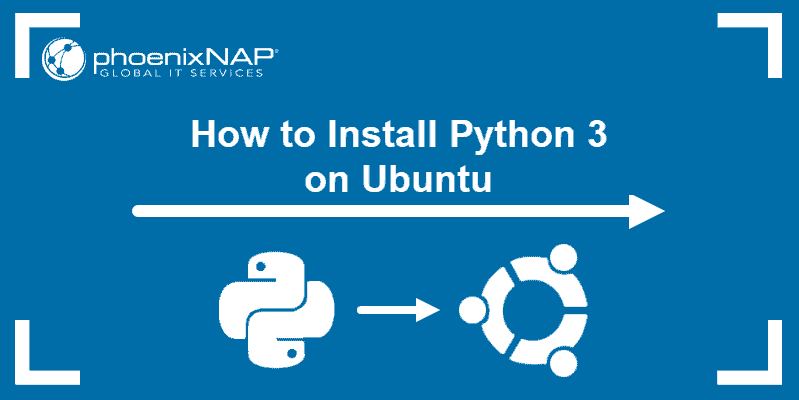

However, we will also explain how to install Python IDLE – a GUI-based tool that allows us to run Python code and create standalone functions. Our focus will be installing the core language tools that can be used in the command line. Step 1.In this article, we will show how to install and use the latest Python version in RHEL-based distributions and Debian and its derivatives such as Ubuntu (the latest LTS version already has the latest Python installed) or Linux Mint. We recommend acting as a non-root sudo user, however, as you can harm your system if you’re not careful when acting as the root. A non-root sudo useror access to the root user.SSH access to the server (or just open Terminal if you’re on a desktop).It’s recommended that you use a fresh OS install to prevent any potential issues.A server running one of the following operating systems: Debian 10 (Buster).I will show you the step-by-step installation of Python 3.8 on a Debian 10 (Buster) server. The installation is quite simple and assumes you are running in the root account, if not you may need to add ‘ sudo‘ to the commands to get root privileges. This article assumes you have at least basic knowledge of Linux, know how to use the shell, and most importantly, you host your site on your own VPS. It includes many new features such as assignment expressions, positional-only parameters, f-strings support, and more. Python 3.8 is the latest major release of the Python language. For those of you who didn’t know, Python is an open-source and beginner-friendly programming language.

In this tutorial, we will show you how to install Python 3.8 on Debian 10.


 0 kommentar(er)
0 kommentar(er)
